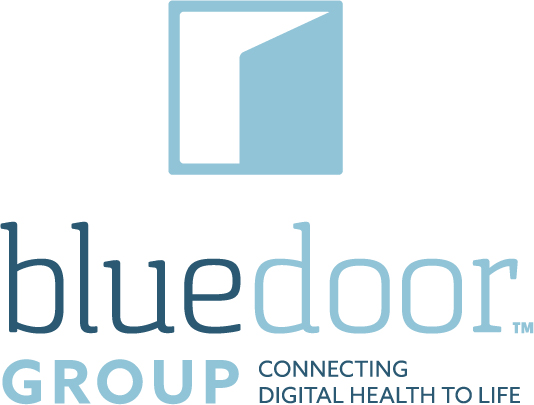By STEPHANIE BAUM | Aug 29, 2017
The challenge of moving from developing a product to securing paid customers is one that is familiar to every entrepreneur, including those running digital health startups. But with healthcare, there tends to be a longer sales cycle than other industries. Just as every organization has its own corporate culture and workflows to navigate, their own pace for technology adoption, integration and protocols to follow, the extra regulatory concerns and patient safety requirements layered on top of those factors can make healthcare organizations trickier to persuade than customers in other industries.
A new Rock Health survey of 85 digital health founders along with feedback from healthcare organizations offered some useful insights for how digital health entrepreneurs can convert organizations into pilot users and then to paying customers. It also offered a perspective on what prospective customers expect of the entrepreneurs with which they collaborate. Like so many useful insights, some are just common sense.
One observation that resonates in the survey is the importance of just doing one’s homework. Startups should know the company they are targeting. And yet the survey data is striking for how many entrepreneurs fail to do even that.
Digital health startup CEOs who did “extensive” or “a lot of”
research on prospective customers before approaching them for the first time accounted for 46 percent of respondents. More than half (54 percent) admitted to doing “very little” or just “moderate” research, the report noted. Cue facepalm.
Another way entrepreneurs could educate themselves on the needs of a healthcare organization beyond reading their annual reports is to pick the brains of their target customers at that organization and ask them what would make their jobs easier or specific pain points that other healthcare vendors have failed to address or inadequately address. They might very well end up being a champion for the startup, which is something that gives entrepreneurs an advantage.
Part of the reason may be that startups are casting too broad a net for their customer base. Although for a direct-to-consumer business that logic might sound crazy, Laika Kayani, the director of Health Innovation Product Strategy at Blue Shield of California suggested that startups might be better off focusing on one group of customers such as payers or providers rather than all of them.
“Startups get gung-ho about a payer partner, yet they’re pitching to so many other organizations instead of focusing on a few and hitting it out of the park. Startups can better focus on deeper engagements with potential partners than spreading themselves thin.”
Another area startups could use work on is how they tell their story. One investor that’s appeared in MedCity News said a pet peeve was when entrepreneurs would try to tell her that no other company was doing what they were doing. She would promptly kick them out of her office.
Daniel Gandor, Director of Digital Innovation and Corporate Program Management at Takeda said he preferred for startups to craft their presentation in a way that tells their story efficiently, is easy to understand and share through email, especially since several people at the organization would likely need to be involved in the decision on how to move forward with the company, if at all.
“Do not expect people to navigate around special websites, watch long videos, or wade through complex materials,” Gandor said in the report. “At the end of the day, many large corporations still speak the language of Powerpoint, so sending a slide-based PDF overview can work great.”
It’s surprising that nearly 40 percent of the CEOs surveyed by Rock Health pitched customers for a pilot before their minimum viable product was ready for it, but that seems to reflect the comments by healthcare organizations who work with startups. That kind of “wing it” approach could account for a significant portion of technology startup fails, particularly in the healthcare industry.
The report noted one healthcare company shared that many of the startups approaching its business don’t have a working prototype.
“We want something that solves our pain points and scales fast. A lot of startups aren’t ready for rapid growth even if the pilot goes well.”
The report suggests one way that healthcare startups can help advance a prototype even when it’s not ready for a full-on pilot is to co-develop it with a customer, so long as it’s the right one. That can mean any variety of considerations. One that entrepreneurs should keep in mind is that the perception of this partner, their customer-base and their size by other would-be customers could either entice or put off future customers even if the pilot goes well. A couple more potential downsides for startups pursuing this approach include the risk of losing control over the direction of their business and development of their product.
Photo: LoveTheWind, Getty Images









